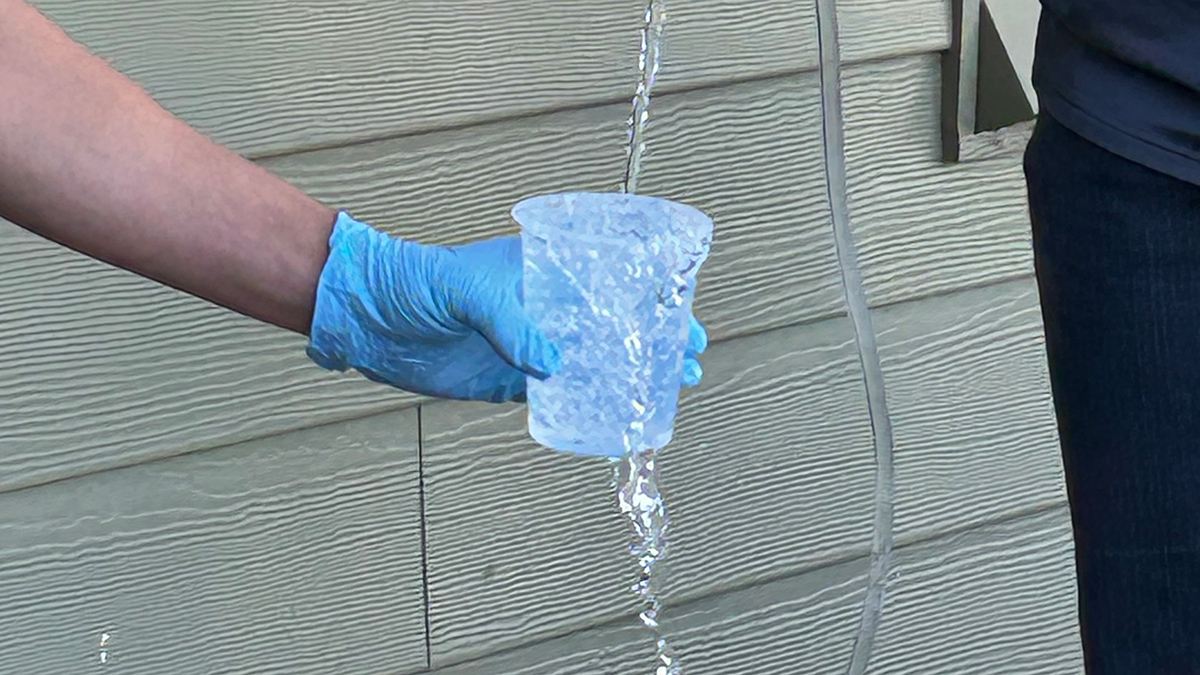When U.S. President Donald Trump and Ukrainian President Volodymyr Zelenskyy met to sign a minerals agreement on 28 February, their discussion devolved into a heated, and widely covered, exchange. The minerals agreement, if signed, would result in half of Ukraine’ future revenue from minerals and natural resources going to the United States, in exchange for U.S. military support.
Emily Dieckman
Emily Dieckman joined Eos as an associate editor in 2023, after nearly 6 years writing and editing at the University of Arizona College of Engineering. She has also won awards for her coverage of culture, human interest, and science stories at the Tucson Weekly. Her degrees are in journalism and sociology.
Trump Administration Set to Backtrack on “Cancer Alley” Lawsuit
At AGU’s Annual Meeting 2024, activist Sharon Lavigne spoke about living in Louisiana, in what is commonly known as “Cancer Alley.” The 85-mile stretch along the Mississippi River is home to more than 200 industrial facilities, including the Denka Performance Elastomer plant, which uses chloroprene to manufacture synthetic rubber for products such as automotive parts, adhesives, and construction materials.
How Much Did Climate Change Affect the Los Angeles Wildfires?
High heat, dry fuel, and strong winds drove the Palisades and Eaton blazes.
Access to Air-Conditioning May Affect Wildfire-Related Health Outcomes
A new study found that access to air-conditioning is a stronger predictor of emergency department visits related to PM2.5 exposure from smoke than factors such as race, age, and socioeconomic status.
People Are Grieving Ecosystem Loss. How Can Public Land Managers Plan Accordingly?
From hordes rushing into national parks to mourners holding glacier funerals, tourists wanting to take in threatened natural places may be shifting visitation patterns.
A Major Miner Problem
Economic geology, mining, and mineral resources programs are working to meet the needs of an industry that’s struggling to find employees—at a time when some say they’re needed more than ever.
Satellite Measurements Make Major Seafloor Map Improvements
Though ship-based sounding has mapped some areas of the ocean floor in higher resolution, researchers have used SWOT data to create a detailed new map of the seafloor, including thousands of previously undetected small seamounts.
Nebraska High Schoolers Test Well Water Quality
The Know Your Well program gives high school students experience in hands-on STEM research while providing community members information about their water quality.
Sailing Spectators’ Sounds Could Harm Marine Creatures
Research delves into noise pollution caused by spectator boats at sailing events such as the America’s Cup.
The Many Adventures of Nitrogen in the Arctic Ocean
New research reviews how our atmosphere’s most abundant element cycles through the Arctic Ocean—and how climate change could affect the process.









